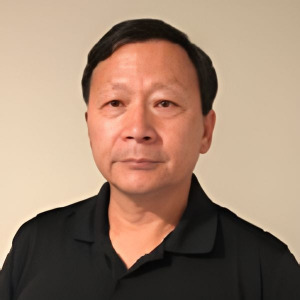shifting cultivation
Shifting cultivation, also known as swidden or slash-and-burn agriculture, is an ancient farming practice characterized by clearing land, cultivating crops for a few seasons, and then moving to a new plot. Farmers typically rotate their cultivation areas to allow previously used lands to regenerate. While this method is sustainable in traditional, low-density populations, modern challenges like deforestation and loss of biodiversity have raised concerns.
Shifting cultivation offers short-term benefits, such as increased soil fertility through burning vegetation and the cultivation of diverse crops. However, it can contribute to environmental degradation and habitat loss over time. Sustainable alternatives, like agroforestry and conservation agriculture, aim to balance agricultural needs with long-term environmental preservation, emphasizing soil health, biodiversity, and community resilience. Balancing the traditional wisdom of shifting cultivation with modern sustainable practices is crucial for achieving a harmonious relationship between agriculture and the environment.

Dachang Zhang
National Research Center for Geoanalysis and Water & Eco Crisis Foundation, United States
Srinivasa Rao Mentreddy
Alabama A&M University, United States



Title : Socioeconomic constraints in implementing integrated pest management (IPM) in crops and solutions for sustainability
Shashi Vemuri, Professor Jayashankar Telangana State Agricultural University, India
Title : Food security in the SDG era: Challenges, opportunities, and climate-smart solutions
Shabbar Ali, University of Agriculture Faisalabad, Pakistan
Title : Exploration of the insecticidal properties of Juniperus communis L. essential oil on the grain weevil
Tadjine Nacera, Blida1 University, Algeria
Title : Risk extension: A step to capability for building farmers’ resilience and adaptation to climate changes
Rasha Mohamed El Sayed Shabana, Agricultural Research Center, Egypt
Title : Development of Virginia mountain mint as a potential commercial crop in the southern USA
Srinivasa Rao Mentreddy, Alabama A&M University, United States
Title : Seed-cotton (or kapas) agricultural pollution and environmental health impact assessment
Vijayan Gurumurthy Iyer, Techno-Economic-Environmental Study and Check Consultancy Services, India